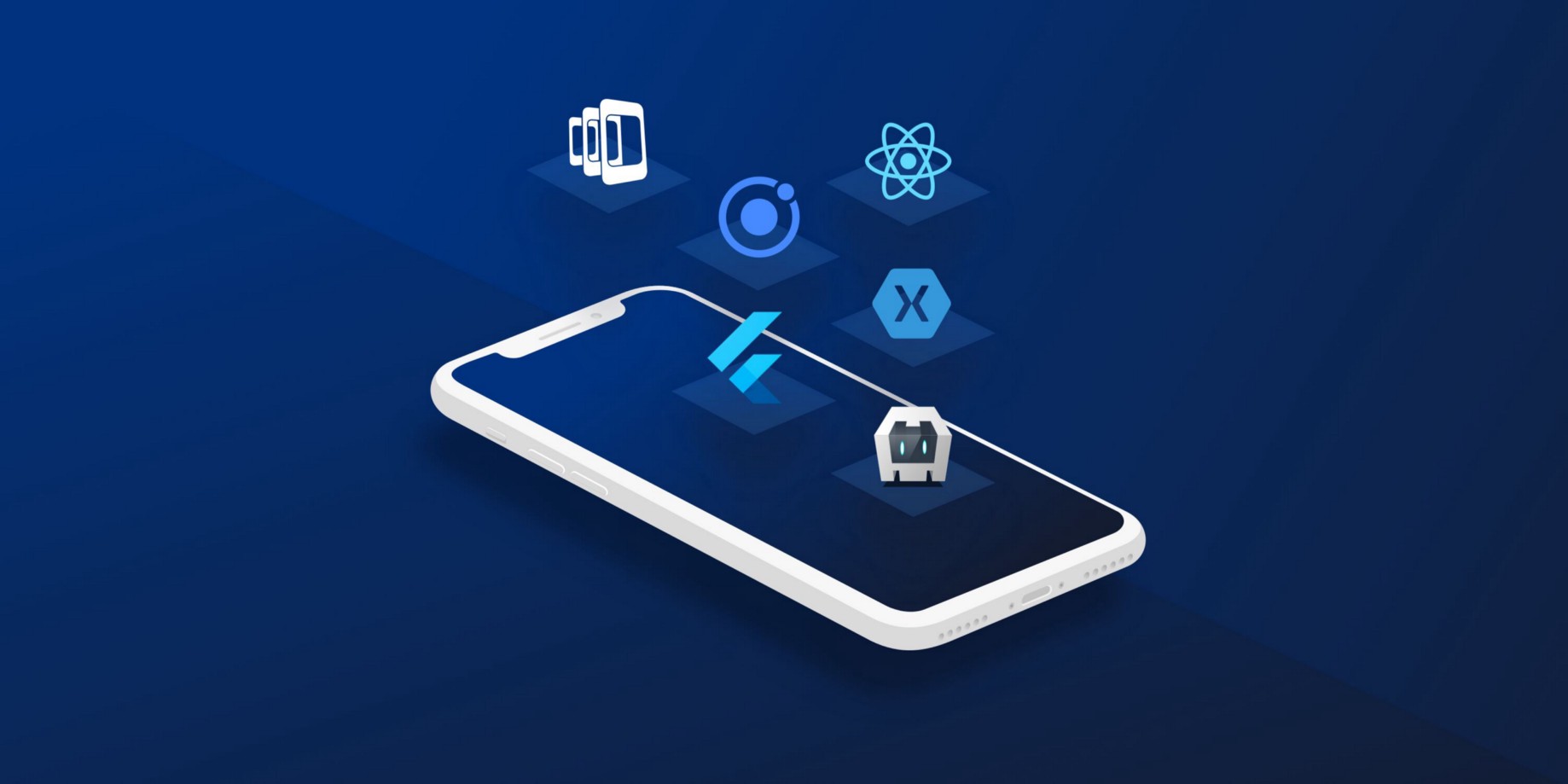Applications of AI In Entertainment For 2024

As per Grand View Research, Global AI in media and entertainment market size reached a valuation of $14.8 billion in 2022 and is expected to grow with a compound annual growth rate of 26% from 2023 to 2030. In the media and entertainment context, AI has proved to set the stage for remarkable changes and is expected to take center stage in the fields of movie production, content generation and advertising in 2024. AI, considered as an ensuing industrial change in this landscape, has introduced numerous opportunities with feasible solutions to entertainment production. Let’s take a closer look at each application and see how AI is reshaping the modern media and entertainment industry.
AI Use Cases In Entertainment
Some of the most popular AI use cases in the sector of media and entertainment include:
AI In Content Personalization
From music streaming apps to OTT platforms, AI is being utilized to perform tasks of content personalization or content suggestion with the aim of increasing user engagement and enhancing user experience. AI leverages machine learning to personalize content based on user preferences and historical data in interactions. These are rooted by a process of analyzing user behaviors and demographics, thereby bringing up recommendations of movies, music or videos that are tailor-made to individual tastes.
Music and video streaming stands such as Netflix, Youtube and Spotify have adopted these algorithms to present consumers with content that provides their particular likings, thus extending them an extremely personalized encounter, increasing user engagement and satisfaction.
Targeted Advertising
AI, exemplified by platforms such as Google AdSense and AdWords, leverages user browsing history and preferences to display targeted advertisements to each user precisely, thereby improving user experience. This is to ensure that advertisers reach the most relevant collection of audience, ultimately maximizing their campaign’s performance and conversion rates.
The key advantages of AI over conventional advertising methods lie in its machine learning capabilities and the utilization of Big Data and analytics. AI in advertising is a common practice employed by a host of well-known companies.
Read more: Evolution of Big Data
Regulating The Distribution of Online Content
As the entertainment sector hosts a wide range of content, including offensive ones for certain audience categories. Therefore, AI tools are extremely beneficial in fulfilling various regulatory requirements for the dissemination of content in various jurisdictions. Objectionable content for areas governed by various regulatory agencies can be filtered using automated content moderation systems. Through the presence of AI, the system can ascertain a user’s age and gender, thereby guaranteeing appropriate content delivery.
Content Classification and Categorization
The volume of content available on the internet makes it difficult to categorize and classify, and without categorization, personalization of the content is impossible. AI solutions in the media and entertainment sector can assist in automating the tagging and annotation of the content's metadata, simplifying the customer's process of consuming the content categorized and classified.
For online streaming services, AI is utilized to improve content discovery. Classification of films, television series is supposed to be performed by examining objects, scenes, and metadata, allowing more precise genre classification and suggestions.
Animation and Visual Effects
A number of technologies based on AI are transforming animation and visual effects. By leveraging AI algorithms, artists can stimulate sophisticated effects, such as water, fire or cloth or textures by analyzing real-world physics and creating realistic animations. Autodesk Maya with Bifrost and NVIDIA’s AI-based deep learning are outstanding testimonials of this type, assisting artists in more effectively creating visually beautiful effects.
Disney, a pioneer in animation and visual effects, has also adopted corporate technologies to improve its artistic workflows. With the acquisitions of Pixar and Industrial Light & Magic, among other companies, Disney has incorporated AI into its VFX and animation processes. Utilizing AI-driven systems to help animators with character animation, motion tracking, and rendering, Disney is able to concentrate on pushing creative boundaries and providing visually appealing material to audiences globally by automating key components of animation and visual effects.
Benefits of data-driven approach and AI in the media and entertainment industry
The media and entertainment sector has been believed to be on the front lines of adopting AI solutions to generate better content and enhance customer experience, and in turn make profitability. Particularly, with these AI applications, the industry can obtain benefits like:
- Enhanced customer satisfaction and personalization
- Privacy control and content security
- Better understandings of budget allocation and higher revenue
- Improved services and more effective procedures
- Marketing agility with real-time marketing intelligence
- Advanced advertising and marketing environment
The utilization of the most cutting-edge technologies along with data-driven insights are at the core of AI reshaping the vibrant world of media and entertainment. The future is brimming with possibilities, from introducing new streaming platforms that will alter the way we consume information to emphasizing the importance of diversity and representation.
FAQs on AI in Media and Entertainment
Q: What is AI in the context of entertainment?
AI in entertainment is defined as the utilization of advanced algorithms and machine learning to the creation, enhancement, or personalization of content across a range of media, such as movies, TV, music, gaming.
Q: How is AI used in entertainment development?
AI is used for three main following ways:
- Enhancing content creation and production
- Improving monetization
- Personalizing audience experience
These can be derived from the experience of key players such as Netflix, Youtube and Disney.
Q: How is AI used in streaming services?
AI helps with user customization, content suggestion, and streaming quality optimization. It lessens buffering, improves the entire streaming experience, and helps platforms comprehend user preferences.
Conclusion
In the era when technology tightly intertwined with reality, AI has subtly but powerfully transformed the media and entertainment world. As a result of rapidly increasing demand for technology in this sector, the scope and application of AI are expected to become much more embedded in society for business growth and consumer efficiency in 2024.
It is strongly advised that you reach out to Axalize if you're searching for a vendor that can help you grow your business. Connect with us right now to see how our team helps you incorporate AI solutions into your business to reach new peaks!


